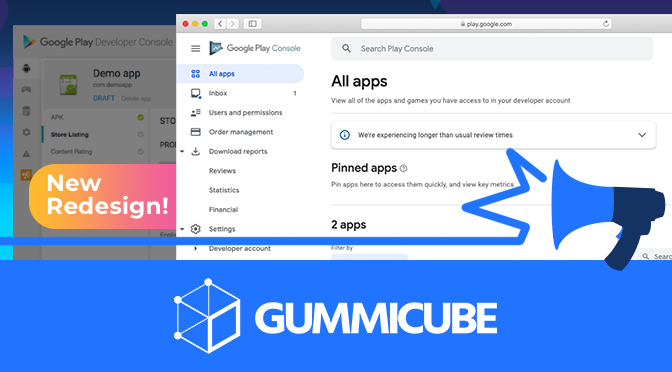
App Store Holiday Schedule 2020
Posted on November 23rd, 2020
When is the App Store Holiday Schedule 2020? Learn about the dates of this year's shutdown and how to prepare.

The Google Play Developer Console offers a number of tools to help developers manage their apps, including acquisition reports. A recent error in the reports has developers reexamining their traffic, but it serves as a good example of how understanding traffic sources is important for App Store Optimization.
Over the past several weeks, there was a notification in the Google Play Developer Console that data from other channels was being misreported as “Play Store (Organic)” starting July 25th. Within the past few days, this notification has changed to notify developers of the date when the issue was resolved:
“From 25th July to 8th August 2019, an issue caused majority of traffic from other acquisition channels to be incorrectly classified as 'Play Store (organic)'. Please take this discrepancy into account while analyzing the data during the affected period.”
Examining the data from that time frame, one can see that the acquisition reports for channels like “Third-party referrers” sharply drops, while the reported traffic for “Play Store (organic),” particularly “Browse,” sees a sharp increase. This error lasted for fifteen days, before the traffic levels shifted again and returned to normal.
As a result of this bug, traffic reports from the Developer Console will provide erroneous data within this date range. However, developers can still find actionable trends and information by being aware of this change. The large shift is noticeable, so by taking it into account and paying attention to the smaller trends within that time frame, one can still get an idea of the traffic and changes within that time frame.
When developers are considering the impact of paid campaigns vs organic, this time frame should be taken into account. Data from the Developer Console should be assessed before July 25th and after August 8th, unless an external attribution tool is available for data during this time.
Analyzing an app’s traffic sources is important for App Store Optimization. Understanding where an app’s traffic comes from helps you see where your strengths lie and what areas are in need of improvement.
If, for instance, an app is running a social media ad campaign, seeing how much traffic comes from external sources like Facebook is a good indicator of how well the campaign is performing. This can help indicate if the ads are appealing to users and if they’re converting after being taken to the Play Store. If an ad campaign is underperforming, it may require reworking, so tracking the traffic it brings in is important.
This is also important to consider when looking at Organic traffic, from both Browse and Search. For developers that deployed ASO updates during this timeframe, assessing Search vs Explore data in the Console won’t be possible, and most external attribution tools loop both Search and Explore data into “Organic.” Tracking keyword movement and performance over this timeframe can give an indication on how Search traffic has changed, as the data in the Developer Console is not available and as of the time of this post has not been backfilled.
Want more information regarding App Store Optimization? Contact Gummicube and we’ll help get your strategy started.

When is the App Store Holiday Schedule 2020? Learn about the dates of this year's shutdown and how to prepare.

Apple's App Store Guidelines have strict privacy requirements. Developers now must provide information to users on the App Store listing regarding the data they access.

The Google Play Developer Console has been updated with a new design and adjusted tools. What's different, and how will it impact App Store Optimization?